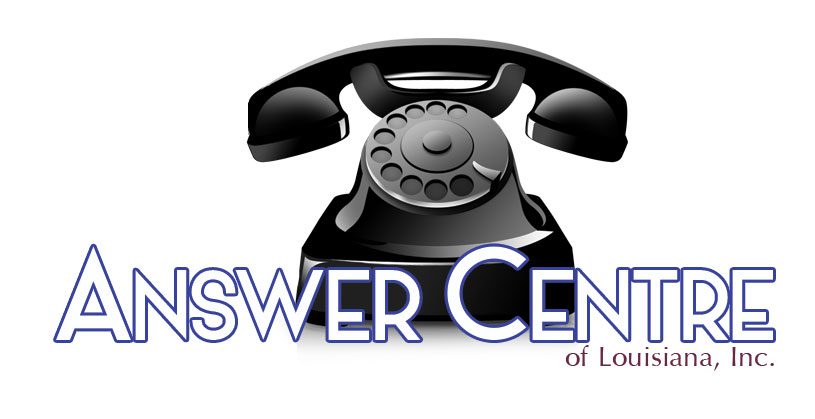In the competitive world of legal services, mastering the legal client intake process can be the key to achieving greater success. A well-executed intake system not only improves client satisfaction but also enhances the overall efficiency of your law practice. This article will delve into the importance of legal client intake, explore the common challenges faced by legal professionals, outline key elements of an effective intake system, and discuss how leveraging technology can significantly enhance the efficiency of your intake process. Additionally, we will cover best practices for training your staff and present metrics that can help you evaluate the effectiveness of your client intake efforts. By streamlining your legal client intake, you can set the stage for lasting relationships with your clients and a thriving practice.

Key Takeaways
- Effective legal client intake is crucial for building strong attorney-client relationships.
- Identifying and addressing common challenges can significantly improve your client intake process.
- Implementing key elements like organized forms and clear communication enhances the client experience.
- Utilizing technology can streamline intake procedures and reduce administrative burdens.
- Regular training and evaluation measures ensure your staff remains proficient in client intake practices.
Understanding the Importance of Legal Client Intake
Understanding the importance of legal client intake is crucial for law firms that aim to optimize their operations and enhance client relationships. The legal client intake process refers to the initial step where potential clients are interviewed and their information is gathered to assess their needs and determine if the firm can assist them effectively. This process not only establishes a first impression but also sets the tone for the ongoing client-lawyer relationship. By implementing a structured legal client intake system, firms can ensure that they are not overlooking vital details, improving their chances of securing new clients and increasing overall satisfaction. Moreover, a well-designed intake process can filter out unsuitable cases early, allowing attorneys to concentrate on matters that align with their expertise, ultimately leading to stronger case outcomes and more productive use of resources. As legal practices increasingly turn to technology, incorporating automated tools can streamline the legal client intake process, making it faster and more efficient while maintaining a personal touch. This emphasizes the role of a thoughtful legal client intake strategy in achieving long-term success in the competitive legal market.
Common Challenges in Client Intake Processes
Legal client intake is a critical process for law firms, yet it is often fraught with challenges that can hinder efficiency and client satisfaction. One of the most common challenges in legal client intake is the lack of standardization in the information collection process. Many firms rely on inconsistent methods that can lead to incomplete or inaccurate data, ultimately affecting case outcomes. Additionally, time-consuming paperwork can overwhelm both the clients and the staff, resulting in delays and lost opportunities. The integration of technology, such as automated forms and digital record-keeping, presents another challenge; firms may struggle to implement these systems effectively due to resistance to change or insufficient training. Furthermore, ensuring compliance with privacy regulations during the intake process is crucial yet can be complicated, as law firms must navigate various legal standards to protect sensitive client information. Addressing these common challenges in legal client intake not only streamlines operations but also enhances the overall client experience, leading to better retention and referrals.
‘The relationship between the attorney and the client begins the moment the client walks through the door.’ – Unknown

Key Elements of an Effective Client Intake System
An effective legal client intake system is crucial for law firms seeking to streamline their processes and enhance client satisfaction. At its core, this system should include several key elements to ensure that potential clients are welcomed and processed efficiently. Firstly, a user-friendly online intake form is essential; it should be easily accessible and designed to capture all necessary information without overwhelming the client. Secondly, clear communication channels should be established to provide potential clients with updates and respond to their inquiries promptly. Thirdly, having a standardized workflow for onboarding new clients helps maintain consistency and reduces the chance of important details being overlooked. Moreover, training staff on the nuances of legal client intake can greatly improve the experience, ensuring that team members are equipped to handle various client needs with professionalism and empathy. Finally, incorporating technology, such as CRM systems, can automate repetitive tasks and help track interactions with clients, making the entire process more efficient and organized. By focusing on these key elements, law firms can create a legal client intake system that not only meets the needs of their practice but also fosters strong, lasting relationships with clients.
Leveraging Technology to Enhance Intake Efficiency
In today’s rapidly evolving legal landscape, leveraging technology to enhance legal client intake is not just a strategic advantage, but a necessity. By adopting digital tools and software specifically designed for client engagement, law firms can streamline their intake processes significantly. Automated client intake forms, for instance, can capture vital information seamlessly and reduce human error, leading to faster case assessments. Additionally, implementing Client Relationship Management (CRM) systems ensures that all communications are tracked and managed effectively, fostering a better client experience. By utilizing these technological advancements, firms not only improve operational efficiency but also enhance client satisfaction, which is crucial in building strong, long-lasting relationships. Ultimately, embracing technology in legal client intake can lead to increased productivity, allowing legal professionals to focus more on their core duties and less on administrative tasks.

Best Practices for Training Staff on Client Intake
Training staff on legal client intake is crucial to ensuring that your law firm runs smoothly and effectively. First and foremost, develop a comprehensive training program that covers the entire client intake process. This should include detailed instruction on how to greet clients, gather necessary information, and assess their legal needs accurately. Utilizing role-playing scenarios can be an effective method for reinforcing these skills, allowing staff to practice handling various types of client interactions. Additionally, provide written materials or guides that outline the key steps and documents needed during the intake process. Regularly updating this training based on changing laws and client feedback is essential to keep the process streamlined and compliant. Finally, fostering an environment of open communication among staff members can help identify areas for improvement in the legal client intake process, leading to better client satisfaction and retention.
Measuring Success: Metrics for Evaluating Client Intake Effectiveness
When it comes to measuring the success of your legal client intake process, having the right metrics in place is essential. Evaluating client intake effectiveness involves not only understanding how clients perceive your firm but also quantifying the impact of your intake strategies on business growth. Key metrics to consider include conversion rates, which track the percentage of inquiries that lead to signed agreements, and average response times, assessing how quickly potential clients receive a reply. Additionally, client satisfaction surveys post-intake can provide valuable feedback, helping you identify areas for improvement. Tracking the source of your clients—whether through referrals, online searches, or social media—offers insights into which marketing efforts yield the best results. By focusing on these metrics, law firms can fine-tune their legal client intake processes, ensuring a more streamlined and effective approach to attracting and retaining clients.


